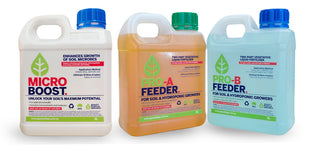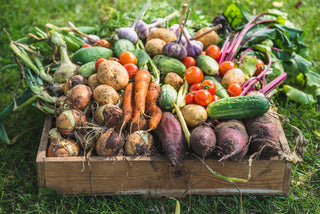Indoor plant trends in the 2000s were influenced by a renewed interest in home decor and an increased focus on health and wellness. People began to realize the benefits of having plants indoors, both for their aesthetic appeal and their air-purifying properties. Here are some of the indoor plant trends that were popular in the 2000s:
-
Bamboo: Bamboo plants became a popular indoor plant trend in the 2000s, prized for their tall, sleek stems and their ability to thrive in low-light conditions. These plants are often used to create a zen-like atmosphere in homes and workplaces.
-
Peace Lily: The Peace Lily (Spathiphyllum) became a popular indoor plant trend in the 2000s, valued for its elegant white flowers and its ability to purify the air. This plant is a low-maintenance choice and can tolerate low-light environments.
-
Ficus: The Ficus (Ficus benjamina) became a popular indoor plant trend in the 2000s, prized for its lush foliage and its ability to improve indoor air quality. This plant requires bright, indirect light and moderate watering to thrive.
-
Spider Plant: The Spider Plant (Chlorophytum comosum) saw a resurgence in popularity in the 2000s, with people seeking to create low-maintenance indoor gardens. This plant is easy to care for and produces small plantlets that can be propagated to create new plants.
-
Boston Fern: The Boston Fern (Nephrolepis exaltata) became a popular indoor plant trend in the 2000s, loved for its cascading fronds and its ability to thrive in low-light conditions. This plant requires regular watering and high humidity to thrive.
-
Cacti and Succulents: Cacti and succulents continued to be a popular indoor plant trend in the 2000s, appreciated for their unique and exotic appearance and their low-maintenance requirements. These plants are often displayed in small groups or in creative arrangements.
The indoor plant trends of the 2000s reflected a growing interest in creating comfortable and inviting indoor spaces that are connected to nature. Many of the plant varieties that were popular in the 2000s continue to be popular today, with new varieties and trends emerging in response to changing tastes and preferences.





